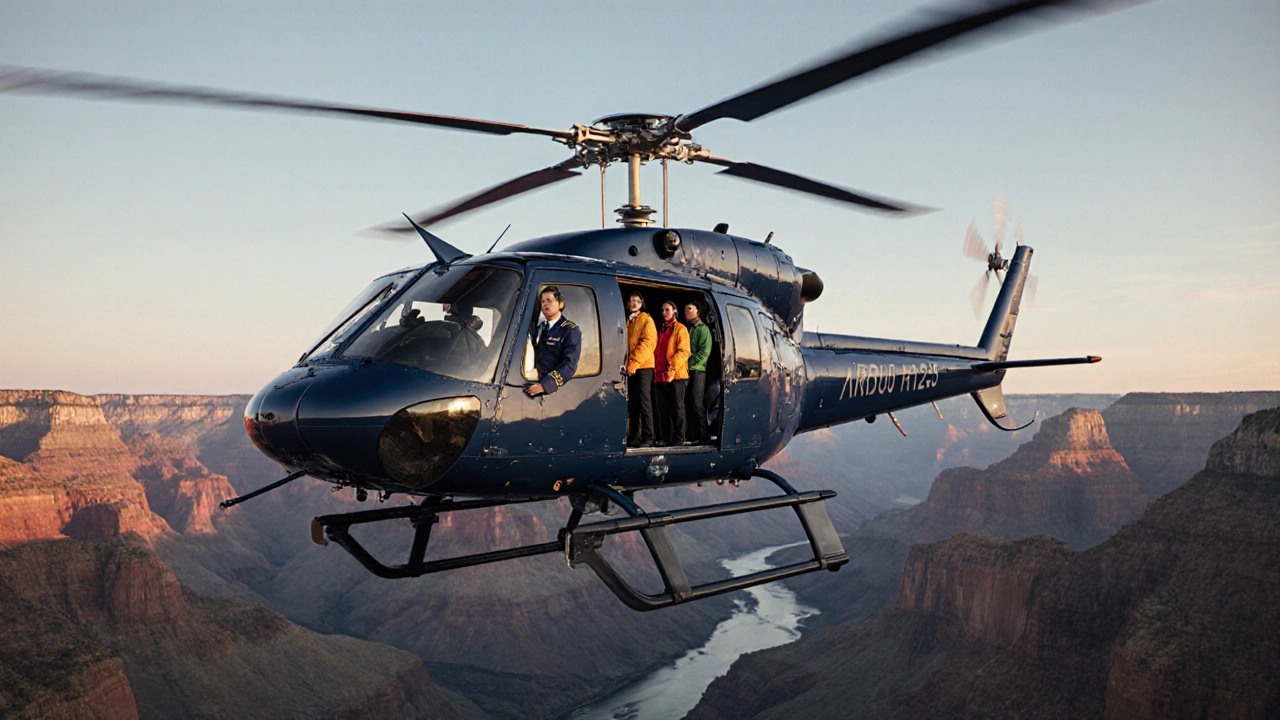Grand Canyon Helicopter Pilot Salary
When talking about Grand Canyon helicopter pilot salary, the typical earnings and influencing factors for pilots who guide tours over the Grand Canyon. Also known as GCHP pay, it reflects a mix of aviation expertise and regional tourism dynamics.
Another key piece of the puzzle is the broader helicopter pilot salary, the compensation trends for rotor‑craft pilots across the United States. This entity sets a baseline that the Grand Canyon niche builds on, especially when you add the premium of scenic flight experience.
What Determines the Pay?
The salary is shaped by three main forces: flight hours, certification level, and the health of the Grand Canyon tourism industry, the local economy that fuels demand for aerial tours. More hours in the air usually mean higher hourly rates, while airlines and tour operators often reward pilots with advanced ratings.
If you’re curious about the Grand Canyon helicopter pilot salary, you’ll find it closely tied to pilot certification, the set of FAA credentials like commercial pilot license and instrument rating. Pilots with a certified instrument rating can fly in more weather conditions, which translates into more booked flights and better pay.
Geography also plays a role. The Grand Canyon’s remote location means pilots often receive hazard pay or overtime for early‑morning and late‑evening tours that fit around visitor peaks. This geographic premium pushes the local average above the national helicopter pilot baseline.
Seasonality adds another layer. During the high tourist season—from May through September—demand spikes, and operators may offer surge bonuses. In off‑season months, pilots might supplement income with training gigs or maintenance work, keeping overall yearly earnings stable.
Benefits beyond the paycheck matter, too. Many tour companies provide health insurance, retirement plans, and flight‑time accrual programs that let pilots log hours toward future airline positions. Those perks can effectively raise the total compensation package.
Comparing to other aviation roles, fixed‑wing airline pilots typically earn more, but they also require more stringent seniority and longer routes. The Grand Canyon helicopter path offers a balance of decent pay, scenic work, and a relatively quick route to higher qualifications.
For anyone weighing a career switch, the key takeaways are clear: invest in advanced certifications, aim for high‑traffic tour seasons, and negotiate for hazard or overtime allowances. The next section of this page will show you real‑world numbers, career steps, and tips from seasoned pilots who’ve turned the canyon’s winds into a solid paycheck.
